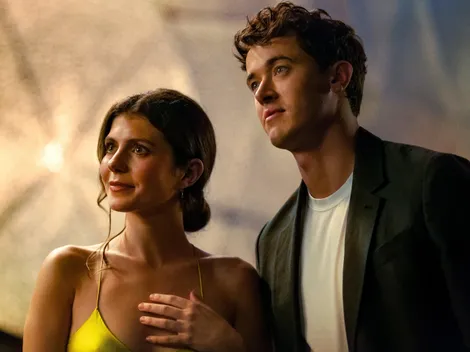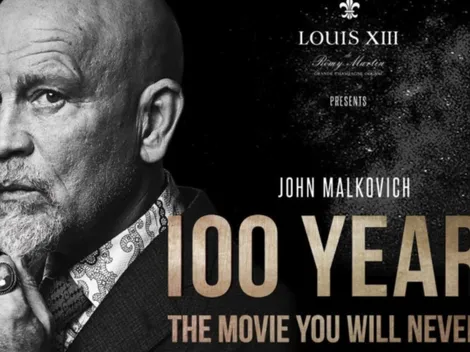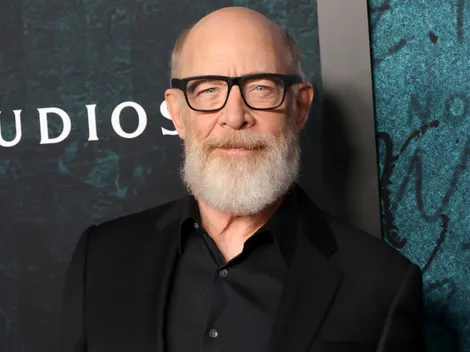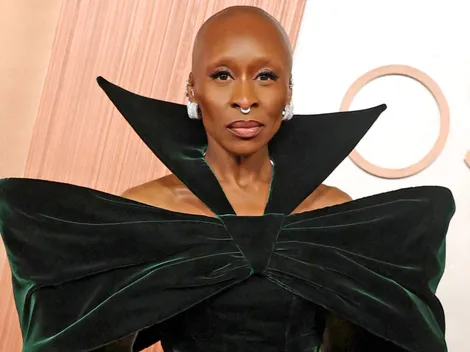“The Devil Wears Prada” premiered 18 years ago but remains a classic film and has become a cult movie over the years. It was critically acclaimed and even nominated for two Oscars in 2007.
Meryl Streep and Anne Hathaway gained widespread popularity after starring in the first installment, which has had a lasting impact on popular culture, especially in the way the fashion world and fashion journalism are perceived.
The comedy of 2006 was a box office success, grossing over $300 million worldwide. In 2024, the long-awaited arrival of a sequel was confirmed, with two of its leading actresses returning.
Is ‘The Devil Wears Prada’ based on a true story?
Not really, The Devil Wears Prada is not based on a true story. However, it is deeply inspired by Lauren Weisberger‘s real-life experiences in the fashion world and her time working with Anna Wintour.
After its release in 2006, many fans and critics strongly emphasized that Miranda Priestly, the character played by Meryl Streep (Mamma Mia! and Death Becomes Her), is a great reference to the Vogue editor.
The comedy offers a dramatized and often satirical portrayal of the real world of fashion and fashion journalism, highlighting several key aspects such as the high level of demand, personal sacrifices and power dynamics.
Is ‘The Devil Wears Prada’ based on a book?
Yes! The Devil Wears Prada is based on the novel of the same name by Lauren Weisberger, published in 2003. Despite being fiction, the writer drew on her experiences working as an assistant to Wintour.
The movie stays quite faithful to the book in terms of the main plot and central characters, but there are some notable differences between the two, such as the ending and the development of certain roles, like Emily Charlton’s.
In the book, Emily is more hostile and competitive with Andy. The movie, although it maintains this antagonism, presents her with a touch of humor and vulnerability, especially through Emily Blunt‘s portrayal.
Also, the film places a greater emphasis on the glamour and aesthetics of fashion, with elaborate fashion sequences and costumes. This visual focus is not as present in the book, which centers more on Andy’s experiences.
On the other hand, there were also some omissions. Certain secondary characters and subplots from the novel were removed or simplified for the movie, which helped maintain a more manageable pace and duration.
It often happens that in productions, some liberties are taken to adapt to the film format, giving more prominence to certain characters and softening some of the darker and more critical elements of the book.





